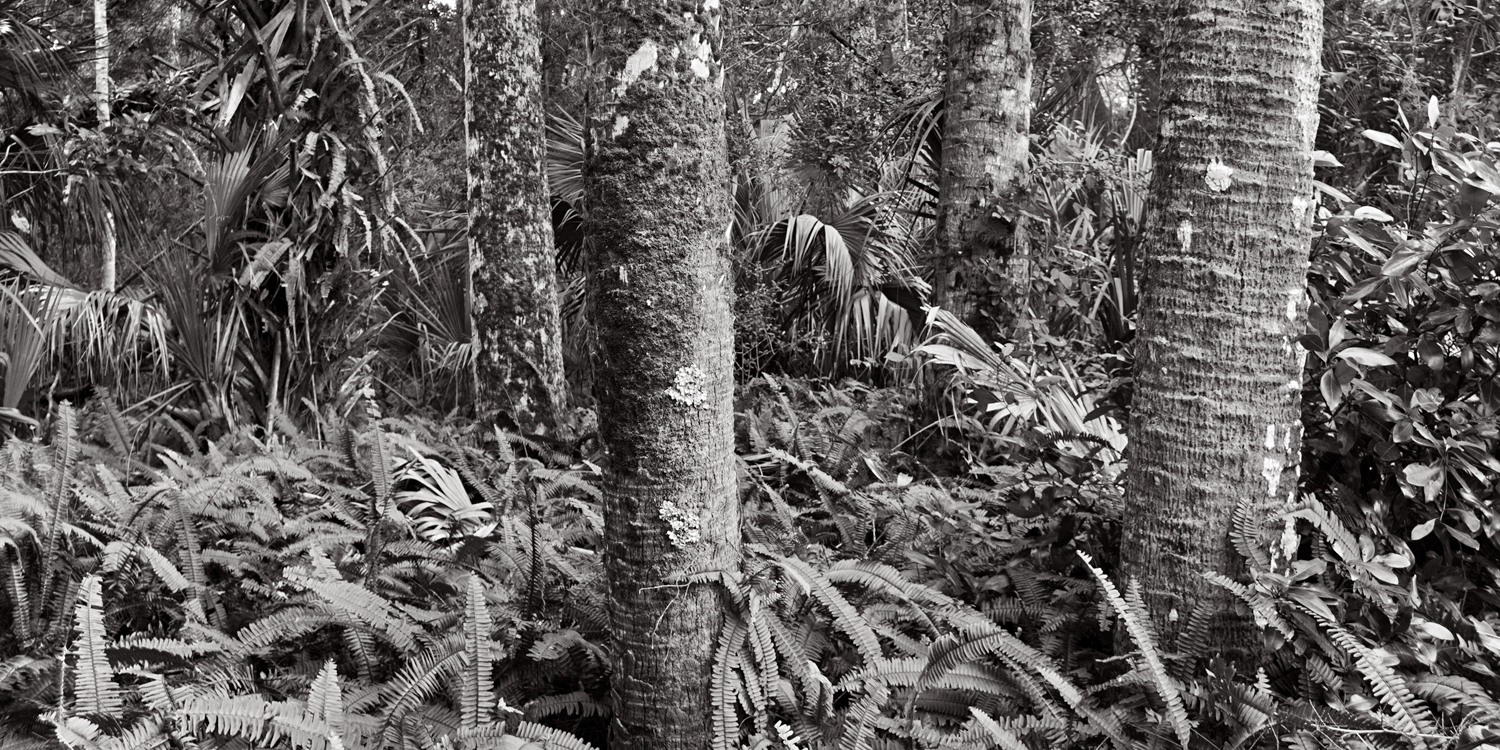Before I started this site and settled on the name BWMastery.com I thought long and hard about the perception people might have of me calling myself a "master" at this digital black and white stuff.
I've always been one to run away from those calling themselves a guru of anything, and here I am with a site based on Mastery and telling people I can show them the path to it. So how is this site any different, and why should you not run away too (or come after me with torches and pitchforks)?
Mastering something is essentially a process of learning something, applying it, measuring the results, and then recalibrating your perception and reaction to the thing in front of you. You do that again, and again, and again . . . until it becomes second nature.
This process can be done on your own, but usually requires many years of practice, failing and learning. And even then, you might be missing something that a well-informed teacher or thoughtful critique could have corrected or tweaked earlier in the process. This is exactly why people seek teachers, seek mentors, and attend master-classes. For the most part, technique is easy, and refining the skills associated with any technique simply boils down to practice and knowing when to use the tool.
So what exactly IS mastery in photography? I think it is like other creative pursuits where people talk about being "in the zone" when doing something—playing basketball, playing music, photographing. Mastery is the point where everything fades to the background and you can reach new creative heights. I think of it as state of being without friction.
Photography—cameras, lights, printing in the darkroom, or digitally in photoshop—takes brain power, or bandwidth, as it's being referred to now. When you have to think about the process or technical aspects of what you are doing it takes bandwidth away from creativity.
In the few posts I will address what I refer to as 'creativity' in regards to photographing and the editing process.







